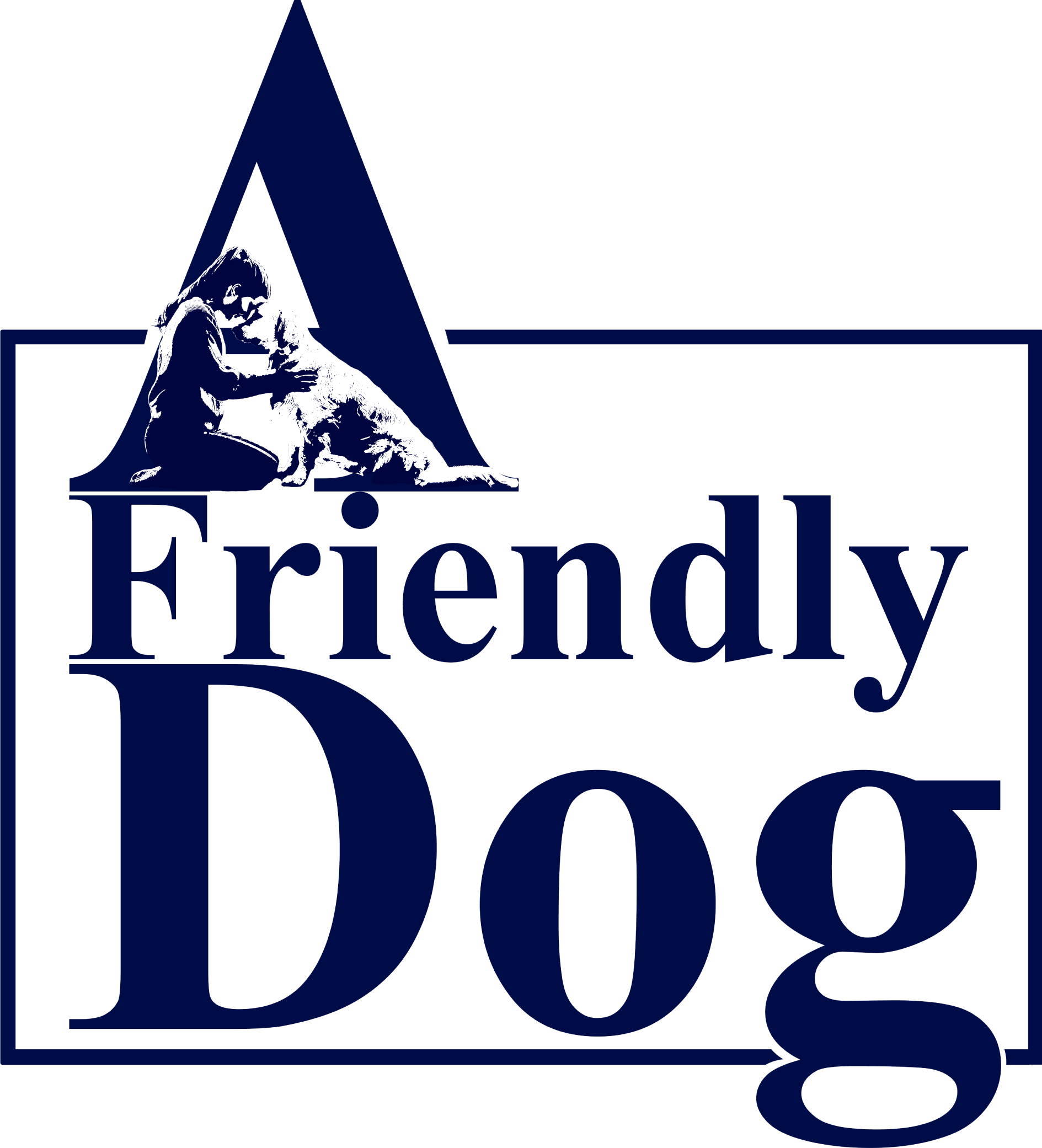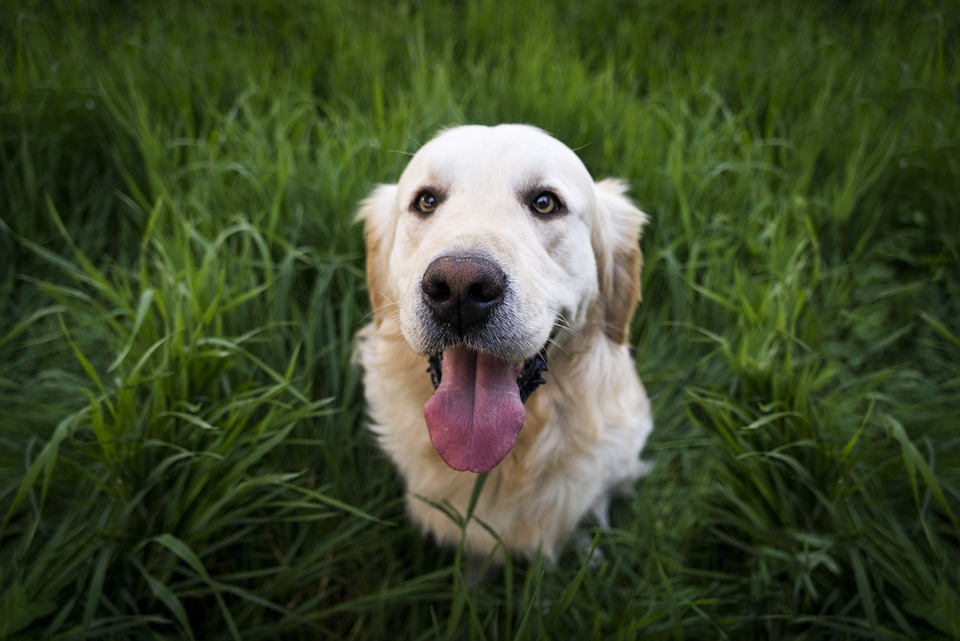
It’s like the famous saying, the way to a man’s heart is through his stomach. Man’s best friend is no different in many ways. Food provides nourishment, energy, and comfort, and oftentimes eating is pure pleasure. Recent studies show that over ½ the dog population is overweight or obese. That means that such dogs are more apt to have health problems and the sooner their weight issues are addressed, the better. The answer is not always more exercise either.
Neutered dogs may have less energy than those that are intact, and the same goes for spayed females. There is no drive to really become active at all times, nor is there a desire to seek fulfillment elsewhere than right at the food bowl. Then again, older dogs may be more prone to overeating since their energy levels are lower with each passing day. That’s why it’s important to keep all dogs well-hydrated. Ensure that your dogs are not overeating to recover from ongoing dehydration if any dehydration occurs at all.
Finding the Right Balance of Diet and Exercise
It is important not to overexercise your pet in hopes that raised activity levels will somehow help shed and lose unwanted pounds. The key here is to ensure that their caloric needs are met and not exceeded by snacking too much or partaking in emotional eating. Don’t let the dog guilt you into eating more than what is recommended.
Going on more walks and being more physically active is good, but do not add more calories to the dog’s diet to compensate for added activity. Let the dog get a recommended amount of calories without having to limit other lifestyle choices. All dogs really need is 20-30 minutes of brisk walking to improve stamina and encourage digestion.
Count Calories and Watch Portions
Just because treats and table scraps make dogs happy doesn’t mean it’s okay. They come with unwanted effects like weight gain, lethargy, and addictive behavior. Dogs will continue to want treats or table scraps in hopes of more 1 on 1 bonding time. It’s very important to bond with your dog, without having to food bribe them.
Try using baby carrots and other healthier options as treats and snacks. This should help curb that added hunger. Avoid table scraps altogether, unless, of course, you offer a healthy treat like a piece or two of your own steamed broccoli. Dogs can have frozen yogurt, but don’t go overboard with this either. Freeze your own plain, low-fat yogurt to offer as a treat. Consider adding supplements to your dog’s diet such as Omega 3 to help curb hunger disguising the need for extra nourishment.
Most of all, it’s important to watch caloric intake and measure portions. Keep an eye on what goes in your dog’s belly and look for any changes such as bulging at the waist or less agility. Don’t give up if the dog succumbs to begging and as always, give them extra love and attention.

